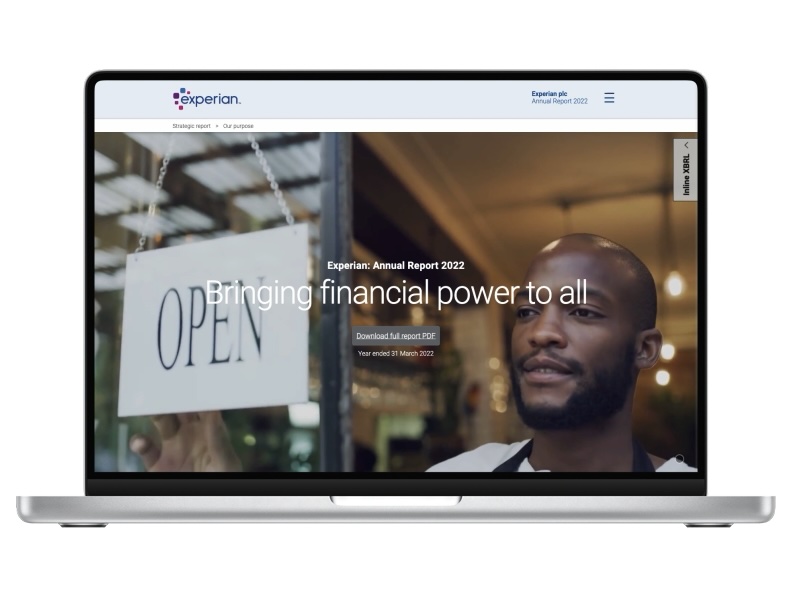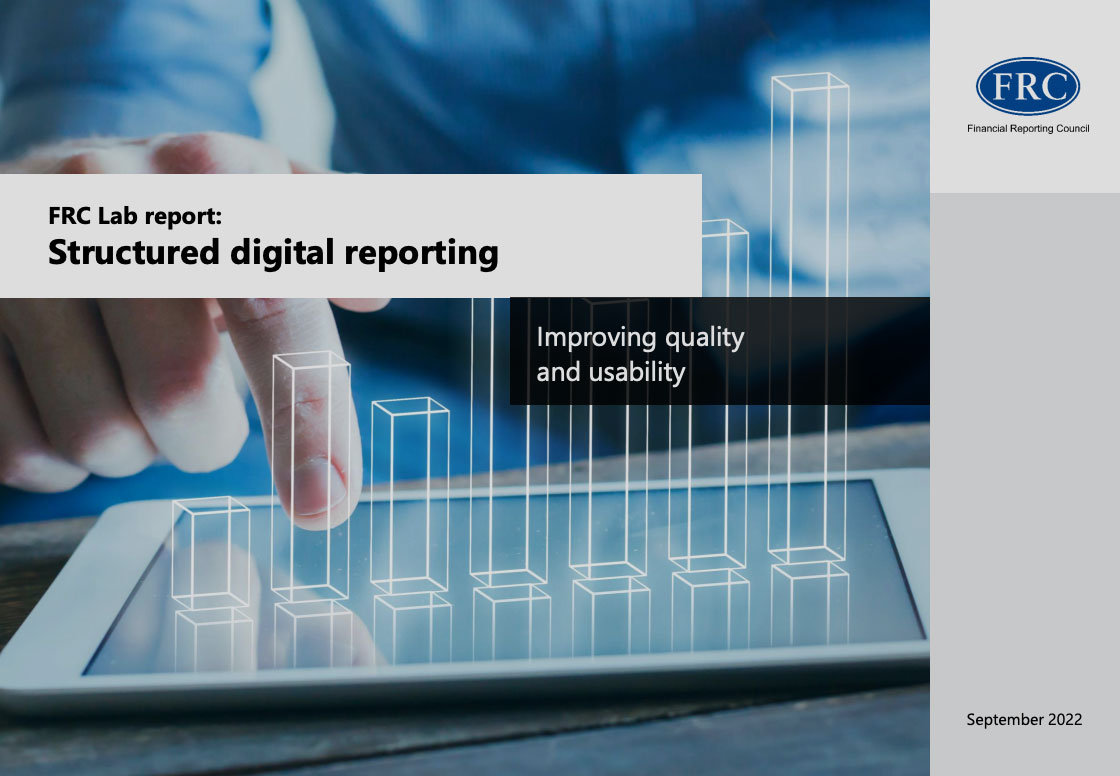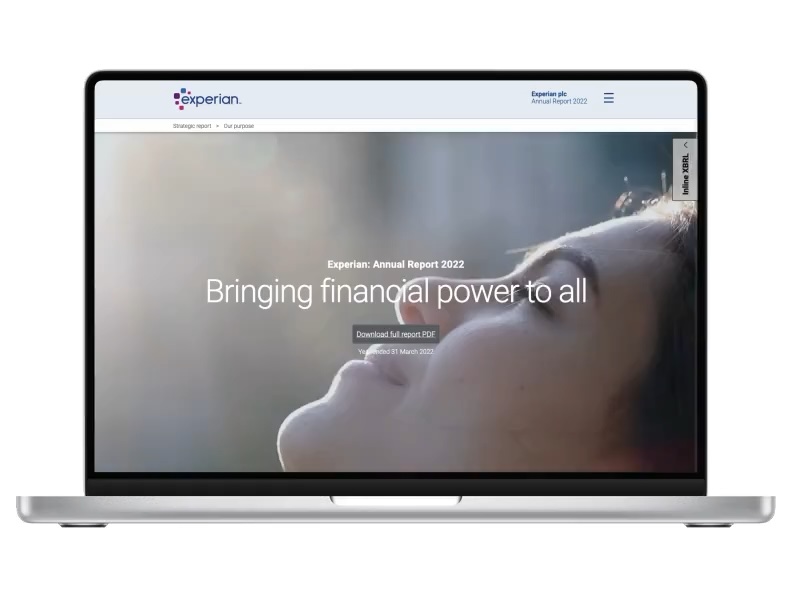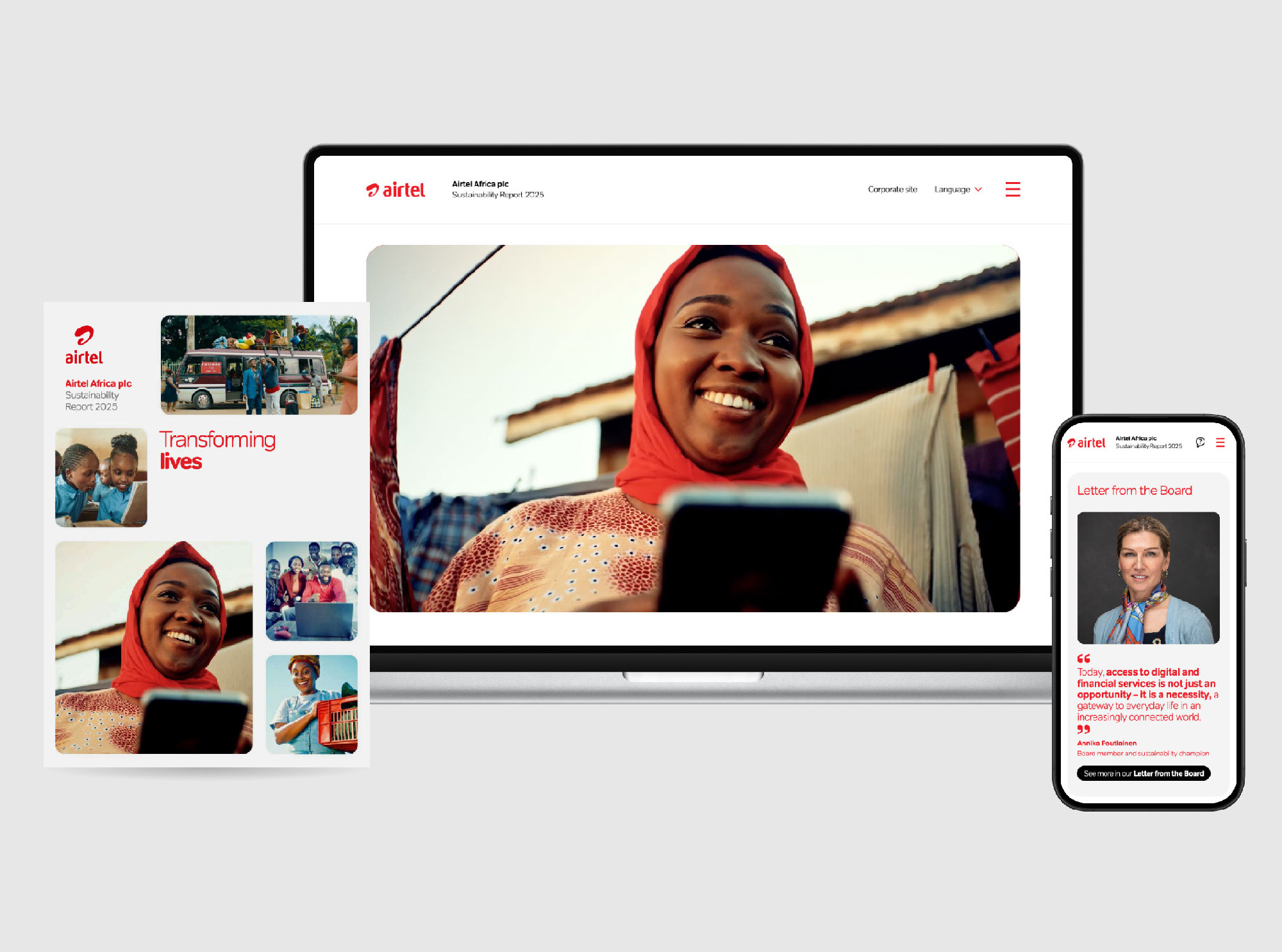Digital-first reporting has arrived, and is evolving fast
Digitisation has been slow to emerge in corporate reporting, but regulations and advances in design software mean that the shift to digital-first reporting has now begun. Rob Riche reports.


Author: Rob Riche
Updated 22 July 2025.
Thirty years of digital innovation has changed all aspects of our lives. But this has been slow to reach corporate reporting, largely because of its content and process complexities. The huge potential for digitisation to enhance reporting has never been realised.
However, as print quantities decline and the PDF format becomes too limited for digital use, the focus on digitisation of reporting is increasing. This is being accelerated by a number of key developments.
Digital reporting regulations
The introduction of the digital ESEF format has been a crucial catalyst for innovation, requiring the full annual report to be published in digital format. It may not be appear to be very innovative in the ESEF reports created today, but the potential of this online iXBRL format is huge and is bringing advances in software that, alongside AI, will transform reporting over the coming years.
More digital, more tagging
The introduction of sustainability reporting regulations and taxonomies (ESRS, ISSB, GRI) is introducing additional content and tagging in the digital format. Over the coming years many more companies will be required to report in iXBRL, offering IR and communications team opportunities to embrace new digital reporting solutions like Reportl.
What about landscape PDF? Isn’t that digital?
The landscape PDF report has been a stepping stone towards digital reporting over the past decade. It’s a great format, but it isn’t digital. It’s not responsive, accessible or Google-friendly. It has no analytics, and is impossible to read on a mobile.
The need for new digital solutions
PDF-based ESEF reports offer no digital benefits to end users, and in fact they are harder to open and use than a PDF. This means that most companies' ESEF reports aren't yet delivering the benefits that mandatory digitisation promised. ESEF is meant to be a user-friendly and machine readable digital report but currently most are falling far short of this.
The FRC, which conducts ongoing reviews of ESEF digital reporting, has recently reiterated its guidance: that more needs to be done to improve the standard of companies' digital reports and that they should consider preparing reports using a digital-first 'native HTML' approach.

Reportl's unque digital first process offers companies the opportunity to maintain their print and PDF report, while also delivering user friendly, digital-compliant online reporting.
Reportl's interactive annual reports complies with structured reporting requirements while also delivering best practice reports that are mobile-friendly, accessible, interactive and optimised for search engines.
Rapidly developing technology
Advances in new reporting software are creating opportunities for digital transformation. The best software will enable reporters to publish single source content simultaneously across multiple formats (PDF, print, online and filings). The best digital reports will also include easy-to-use tagging for anyone to view online.
What do regulators advise?
The FRC guidance on mandatory digital reporting provdes all the technical and regulatory recommendations for company reports, and how they are created. In summary, the FRC says:
“PDF reports do not satisfy a company’s obligations under the Disclosure and Transparency Rules. Unlike PDF, XHTML (ESEF) is a web-based format rather than a print-based format.
PDF conversion tools, result in messy and inefficient code without the proper tags for headings, tables etc. Companies may want to consider how to get the best of both digital and PDF/print formats.”
Reportl adheres to all the FRC's technical guidance, and best practice recommendations.

The FRC has set out clear guidance on best practice in mandatory digital reporting: responsive, interactive, user friendly, accessible, with high quality easy-to-use XBRL tagging. See the FRC guidance here, and the updated 2025 FRC digital reporting review.
Meeting all stakeholders’ needs
A truly digital-first report delivers all digital functions that online audiences need, and fully complies with tagging requirements:
Mobile-friendly Responsive to all devices/browsers.
Navigation User-friendly online reporting.
Interactivity More engaging content and video.
Accessibility WCAG compliance enabled.
Google and AI-friendly Better search results.
User analytics Vital for understanding your users.
Multi-format Online, filings, PDF, print.
High quality tagged data High quality XHTML.

Reportl is a next-generation of digital reporting platform which fully integrates content and data tagging throughout the report creation process. This can deliver faster, more engaging, more accurate, higher quality and more efficient reporting. Reportl also delivers accessibility-compliant digital reports, which print-based software can’t.
How can you future-proof your reporting process?
Over the coming years, many more international regulations are moving corporate reporting to the digital format (with XBRL tagging). Although this will eventually be transformative, it presents challenges for companies, not least in knowing what digital reporting should look like.
Helpfully, regulators have set out their expectations. As outlined above, the FRC has set out clear guidance for companies on mandatory digital reporting. This guidance creates many opportunities for companies to enhance their reporting by embracing digitisation with next generation software like Reportl.
Planning ahead
The decision to digitise reporting is a long-term one and might be made 1-2 years before implementing. To plan with confidence, companies need to be well-informed – understanding what’s driving digitisation, its many benefits, and the changes it brings. It also relies on raising awareness and understanding among internal stakeholders and the wider ecosystem of reporting service providers.
Get in touch
In partnership with companies and their reporting design teams, the Reportl team has been planning and developing solutions for digital reporting since 2018, and would be happy advise on suitable approaches for your needs.
Please get in touch at hello@reportl.com if you would like to find out more.




